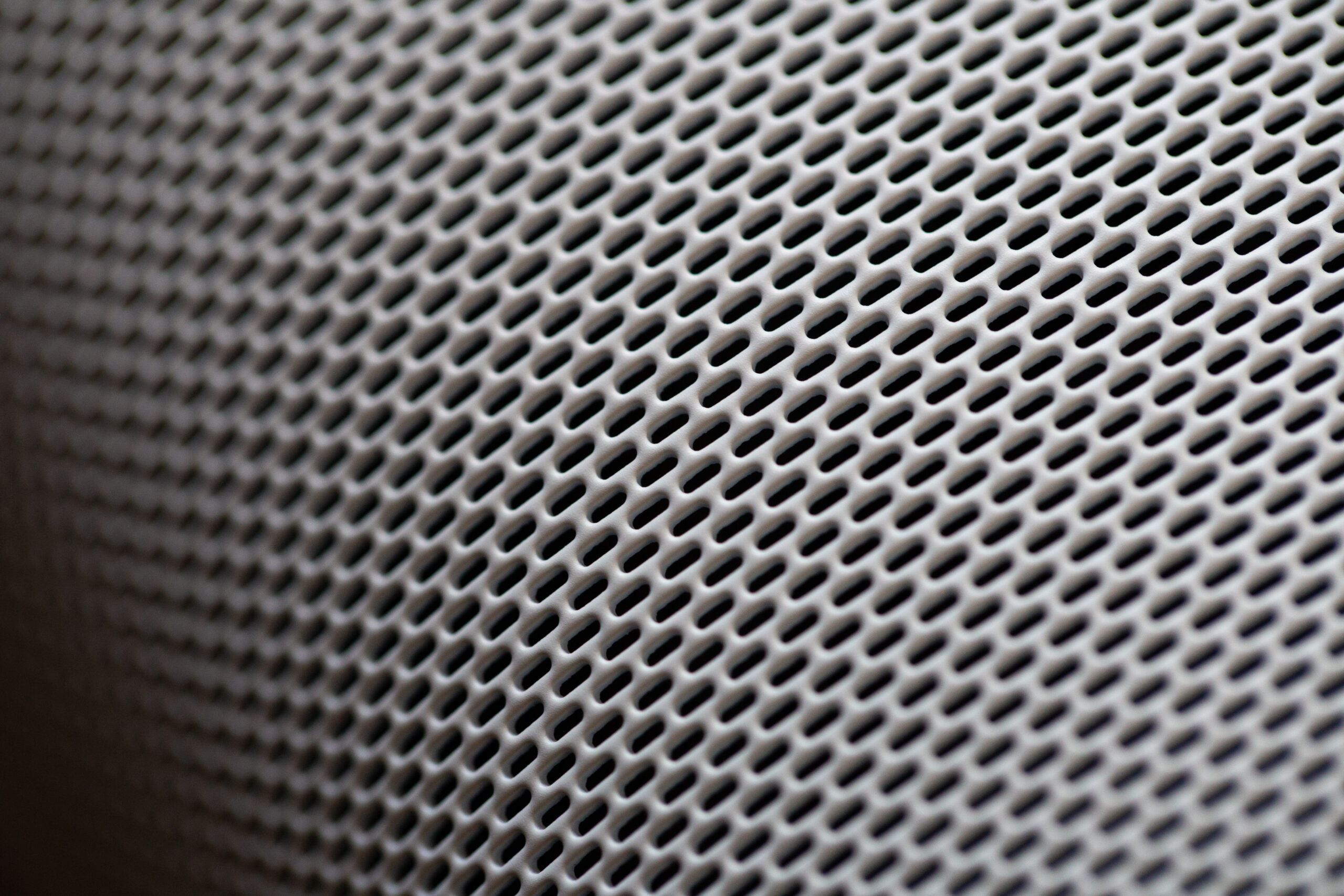Best Hair Color to Camouflage Sparse Hair – Tips
Picking the suitable hair color is essential when managing fine hair. The ideal shade not just improves your aesthetic but also your confidence. It’s important to grasp your alternatives, especially for receding hairlines or scalp cover-ups. This handbook will demonstrate how to pick colors that make your hair appear thicker and more dynamic.
Essential Insights
- Picking the right hair color is vital for masking thinning hair.
- The best hair color for thinning tops can enhance overall appearance.
- Correct application methods are crucial for obtaining authentic results.
- Using colors that compliment your complexion can enhance confidence.
- Strategically placed highlights can provide volume to fine hair using womens bald spot cover up.
- Exploring scalp concealment options provides additional confidence.
Significance of Choosing the Appropriate Hair Color
Choosing the appropriate hair color is essential for those with fine hair. The perfect shade can either draw attention to or hide fine areas. Brighter colors can make thinning hair look sparser. On the flip side, richer shades can suggest thicker hair, making them a great choice for those looking to mask fine hair.
When picking shades for thin hair, skin shade and original hair color are essential. A color that compliments your skin can make you appear more harmonious and lively. Experimenting with different colors and techniques can help find the best shade that makes your hair appear fuller, boosting your confidence and style.
To aid you choose, here’s a table with diverse hair colors and their influences on hair volume:
| Hair Color | Effect on Volume | Skin Tone Compatibility |
|---|---|---|
| Pale Blonde | Can highlight sparsity | Light-toned skin |
| Chocolate Brown | Adds warmth and fullness | Olive to warm complexion |
| Deep Auburn | Enhances richness | Warm skin bases |
| Intense Black | Provides high contrast | Darker complexions |
| Honey Caramel | Softens thinning appearance | Diverse skin shades |
Comprehending Thinning Hair and Its Reasons
Thinning hair is a common issue that can impact anyone. It stems from a variety of elements. Knowing the different origins of thinning hair is crucial for identifying the right treatments and styling options. Some frequent causes include:
-
Genetic predispositions: Family history often is a major factor in hair thinning.
-
Endocrine changes: Hormonal shifts due to menopause, pregnancy, or thyroid issues can cause hair loss.
-
Vitamin lacks: Not getting enough vitamins like Biotin or minerals like iron can reduce hair.
-
External factors: Being subjected to pollution and harsh chemicals can damage hair and scalp.
It’s also vital to understand what does a thinning scalp look like. Indicators may include a expanded parting, patches of less dense hair, or visible scalp. The forms can change, from general thinning to specific bald spots. Each person’s condition is individual, making it essential to acknowledge these signs early for effective color choices.
Top Hair Color to Hide Fine Hair
Selecting the suitable hair color can greatly impact those with sparse hair. Picking shades that enhance your skin shade not only improves natural beauty but also creates an appearance of volume. Different tones can effectively cover up thinning areas, giving you a vibrant look while lessening the visibility of fine patches.
Picking Shades That Compliment Your Skin Tone
Comprehending your complexion is vital in determining what color hair hides thinning effectively. Here are some tips:
-
Warm Skin Tones: Opt for golden, honey, or caramel shades. These colors add warmth and brightness, redirecting attention from thinning areas.
-
Ash-toned Skin: Opt for ash blonde, chestnut, or cool brown shades. These tones deliver contrast and depth, creating a sophisticated look that retains interest.
-
Universal Skin Shades: Choose rich colors like chocolate brown or auburn, balancing warmth and coolness to reach harmony.
Using Highlights to Introduce Dimension to Thin Hair
Adding highlights is an successful strategy for making hair seem fuller. Highlights generate visual interest, which can distract from sparse areas. Consider these methods:
-
Balayage: A coloring technique that provides a natural look while providing depth.
-
Foiling: Concentrated application of highlights helps in achieving a more structured and dimensional appearance.
-
Lowlights: Darker shades mixed with your main color provide contrast that creates the illusion of thicker hair.
Combining your chosen base color with highlights not only masks thinning but also improves the overall effect, making it one of the best hair color options for receding hairlines.
| Skin Tone | Recommended Colors | Highlight Techniques |
|---|---|---|
| Warm | Amber, Bronze, Toffee | Ombre, Foiling |
| Icy | Ash Blonde, Chestnut, Cool Brown | Highlights, Toning |
| Universal | Chocolate Brown, Auburn | Layered Highlights, Blended Techniques |
Advice for Hair Color Products
Choosing the suitable hair color products can greatly improve the look of thinning hair. Selecting the best hair color products for thinning hair will not only provide a rich color but also offer nourishing benefits. Seek out formulas enriched with ingredients like keratin and argan oil, which help preserve hair strength and health. Additionally, adding scalp cover up products can successfully cover up bald spots and provide a fuller look.
Top Hair Dyes for Fine Hair
When choosing a hair dye for sparse hair, opt for these well-regarded options:
-
Clairol Nice ‘n Easy – Famous for its rich color and moisturizing properties.
-
L’Oreal Paris Excellence Creme – Provides triple protection, ensuring silky and vibrant results.
-
Schwarzkopf Keratin Color – Infused with keratin, this dye strengthens while coloring.
-
Garnier Nutrisse Cream – Offers brilliant color with extra hydration for more vibrant hair.
Scalp Cover Up Products and Sprays
To supplement your hair dye choice, opt for using these efficient scalp cover up products:
-
Caboki – A hair fiber product that adheres to existing hair, making it look fuller.
-
Keratin Hair Fibers – Conceals thinning areas successfully, blending seamlessly into the scalp.
-
KERANIQUE Scalp Treatment Spray – Offers a lightweight, tinted formula ideal for enhancing hair volume.
Advice for Application and Maintenance
Dyeing vibrant color on thinning hair needs careful attention to application and upkeep. The appropriate maintenance tips for color-treated thinning hair can significantly influence hair health and appearance.
When applying color hair, utilize a mild method to eschew damaging thin strands. Begin by parting hair into parts for even coverage. Apply color from roots to ends, guaranteeing all strands are saturated. Utilize a brush for precise application. Stick to the recommended time to eschew over-processing.
Color maintenance is vital. Use sulfate-free shampoos to refresh hair without removing color. Frequent deep conditioning masks replenish moisture and vibrancy. Nourish hair weekly to fortify and shine, especially for weakening hair.
Ongoing care is essential to maintaining healthy, beautiful hair. Following these maintenance tips for color-treated thinning hair will maintain your color vibrant and your hair healthy.
Using Scalp Tinting Techniques for Better Results
Scalp tinting is a excellent way to merge hair color with scalp tone, especially for those with fine hair. It can make the scalp area look more uniform, establishing the appearance of fuller hair.
How to Merge Colors for a Authentic Look
Efficient color merging is crucial for a natural scalp tinting look. Begin by selecting a color that complements your hair and scalp. This approach reduces harsh contrasts. Utilize a narrow brush to apply the tint in layers, commencing at the hairline and progressing upwards.
This technique guarantees balanced shades and conceals any uneven areas, leading to a unified look.
Pro Tips for Using Color to Bald Spots
For bald spots, the right products are crucial. Pick scalp tinting solutions made for thinning hair. Apply the color in short strokes to imitate hair growth. Build layers, not excessively covering the area.
Professional Treatments to Think About
For those searching for successful solutions for thinning hair, professional treatments offer advanced options. Methods like MicroArt Scalp Shading deliver exceptional coverage, generating a natural look. Semi-permanent makeup is also in demand for long-lasting results, making it a noteworthy scalp cover for thinning hair.
MicroArt Scalp Shading for Effective Coverage
MicroArt Scalp Shading uses fine tattooing methods to replicate hair follicles, leading to a thicker appearance. This procedure is tailored to individual needs, guaranteeing a natural look. The exactness involved reduces discomfort, facilitating a quick recovery.
Its versatility accommodates various skin tones and hair colors. Clients can personalize the shade and density of the scalp cover-up. This makes it a remarkable choice.
Benefits of Semi-Permanent Makeup for Thinning Hair
Semi-permanent makeup delivers a easy solution for masking weakening areas. It persists up to three years, depending on skin type and maintenance. Its natural appearance improves the hairline while harmonizing with the scalp.
Recent techniques in semi-permanent makeup have been designed to minimize side effects. For those looking for the best scalp cover up, this option is highly rated among available treatments.
| Treatment | Duration | Natural Look | Customization | Recovery Time |
|---|---|---|---|---|
| MicroArt Scalp Shading | 3-5 years | High | Yes | Minimal |
| Semi-Permanent Makeup | 1-3 years | Very High | Yes | Short |
Home Remedies for Hair Strengthening
Exploring natural solutions for thin hair can discover efficient, holistic methods to increase hair thickness and vitality. Many individuals search for hair thickening remedies that are gentle yet deliver substantial results. Components like rosemary oil, biotin, and pumpkin seed oil are particularly helpful. They encourage hair growth and enhance scalp health.
Below is a table summarizing some common natural remedies and their benefits:
| Remedy | Benefits | Usage Instructions |
|---|---|---|
| Rosemary Oil | Stimulates blood circulation, promoting hair growth | Mix a few drops with carrier oil and apply to the scalp weekly |
| Biotin Supplements | Boosts keratin synthesis, improving hair strength | Take according to package directions daily for best results |
| Pumpkin Seed Oil | Encourages hair follicle activity, may lead to thicker hair | Use as a scalp treatment or add to hair care products |
| Aloe Vera | Moisturizes hair while reducing inflammation on the scalp | Apply fresh aloe vera gel to the scalp, rinse after 30 minutes |
| Massage with Olive Oil | Increases hydration and promotes healthy hair | Warm olive oil slightly and massage it in, leave for an hour |
These hair thickening remedies can seamlessly fit into your daily routine. They not only nourish but also boost the effects of color treatments, resulting in more voluminous hair. Using these natural solutions can successfully transform thin hair into a more full-bodied mane.
Coloring Techniques That Yield Best Results for Women
Choosing the right coloring techniques can significantly enhance the look of thinning hair. Women should think about various methods, including highlighting and full color applications. Each method delivers unique benefits, particularly in terms of achieving a fuller appearance.
Highlighting vs. Full Color Applications
Highlighting techniques for thin hair can generate a sense of depth and dimension, making the hair appear thicker. By strategically applying lighter shades, highlights can integrate naturally with the base color, providing an appearance of fullness. In contrast, full color applications may produce a even tone, which can sometimes highlight thinning areas. For women with thinning hair, highlights often function as the more aesthetic option.
Maintenance Tips for Color-Treated Thinning Hair
After coloring, it’s essential to keep the health of the hair to prevent further thinning. Here are some successful maintenance tips:
- Use sulfate-free shampoos to preserve color and hydration.
- Hydrate frequently with deep conditioning treatments to revitalize strands.
- Avoid excessive heat styling to reduce damage.
- Schedule regular trims to preserve healthy ends and reduce breakage.
- Consider leave-in treatments to guard and boost hair’s appearance.
Final Thoughts on Hair Color and Thinning Hair
Exploring the best hair color for thinning hair introduces a world where the perfect choice boosts both looks and confidence. Comprehending skin tones and using highlights are crucial. These strategies direct you to a vibrant, healthy look that increases your self-esteem.
Effective hair care for thinning hair means selecting products appropriate to your needs. This guarantees every step in your hair care journey boosts your unique beauty. Choosing quality hair dyes and scalp cover-ups assists hide concerns and maintains your hair lively.
Self-confidence in hair color stems from knowing how to care for your hair and making informed choices. The guidance given here motivates you to make moves towards a more voluminous, more lively look. It empowers you to confront the world with confidence.
FAQ
What is the best hair color to hide thinning hair?
For hiding thinning hair, opt for a darker shade that complements your skin tone. This creates an illusion of fullness. Deep browns or soft blacks are effective in camouflaging thinning areas.
How can I cover bald spots with makeup?
Use specialized products like scalp cover up sprays or fibers to blend with your hair color. A tinted scalp color spray can also reduce the contrast between your scalp and hair, making bald spots less noticeable.
What does a thinning scalp look like?
A thinning scalp may show through the hair, with visible patterns of hair loss. Look for widened parts or patches with little hair. These changes help in choosing the right hair color solutions.
Are there specific hair coloring techniques that work best for women with thinning hair?
Yes! Techniques like balayage or highlighting add volume and dimension to thinning hair. They create the illusion of fuller locks. Highlights are often preferred over full color applications for their visual depth.
What are some recommended hair dyes for thinning hair?
For thinning hair, look for dyes with nourishing ingredients like keratin and argan oil. Brands like L’Oréal, Clairol, and Wella offer rich color while promoting hair health.
What natural remedies can help thicken hair?
Natural remedies include using oils like rosemary or pumpkin seed oil to stimulate growth. Biotin supplements also support overall hair health.
How can scalp tinting help with the appearance of thinning hair?
Scalp tinting unifies your scalp color with your hair, creating a seamless look. It’s especially useful for bald spots, enhancing a natural appearance.
What maintenance tips should I follow for color-treated thinning hair?
Use sulfate-free shampoos to protect color vibrancy and incorporate regular deep conditioning treatments. Avoid excessive heat styling to prevent damage.
What professional treatments are effective for thinning hair?
Professional treatments like MicroArt Scalp Shading offer a semi-permanent solution. They provide long-lasting results that blend seamlessly with existing hair. With proper care, these treatments can last up to three years.
What is the significance of choosing the right hair color for thinning crown?
The right hair color for a thinning crown is crucial. It creates balance and harmony with your natural hair, reducing thinning area visibility. Darker shades are often the best choice.



